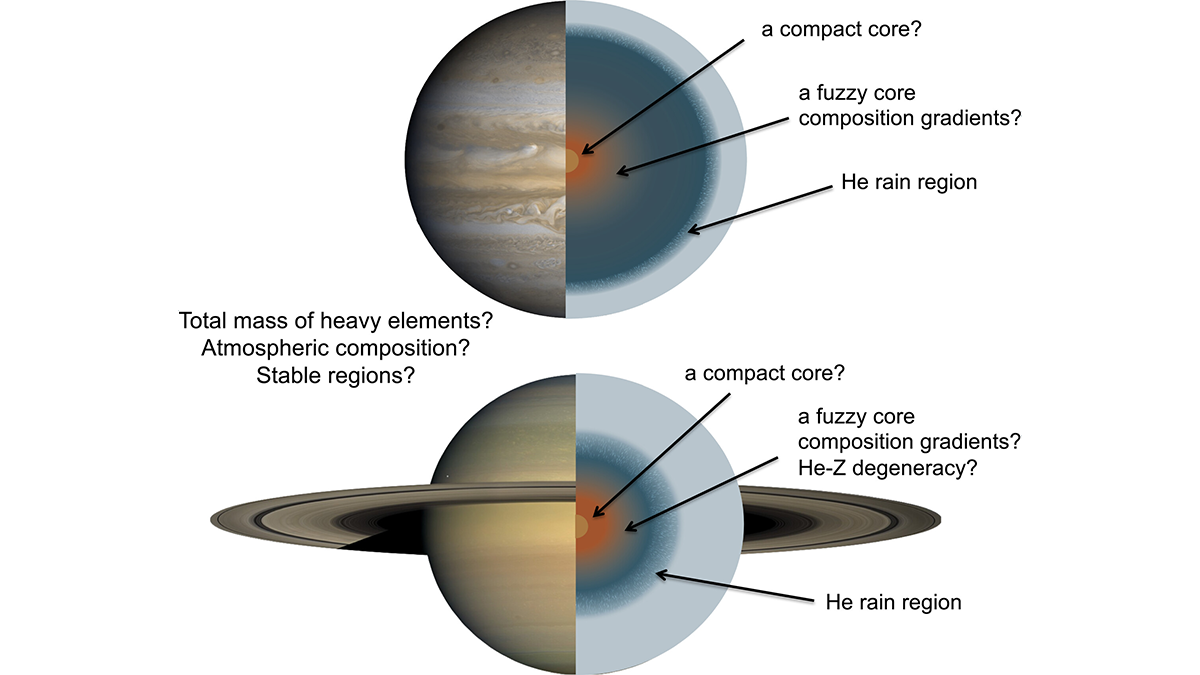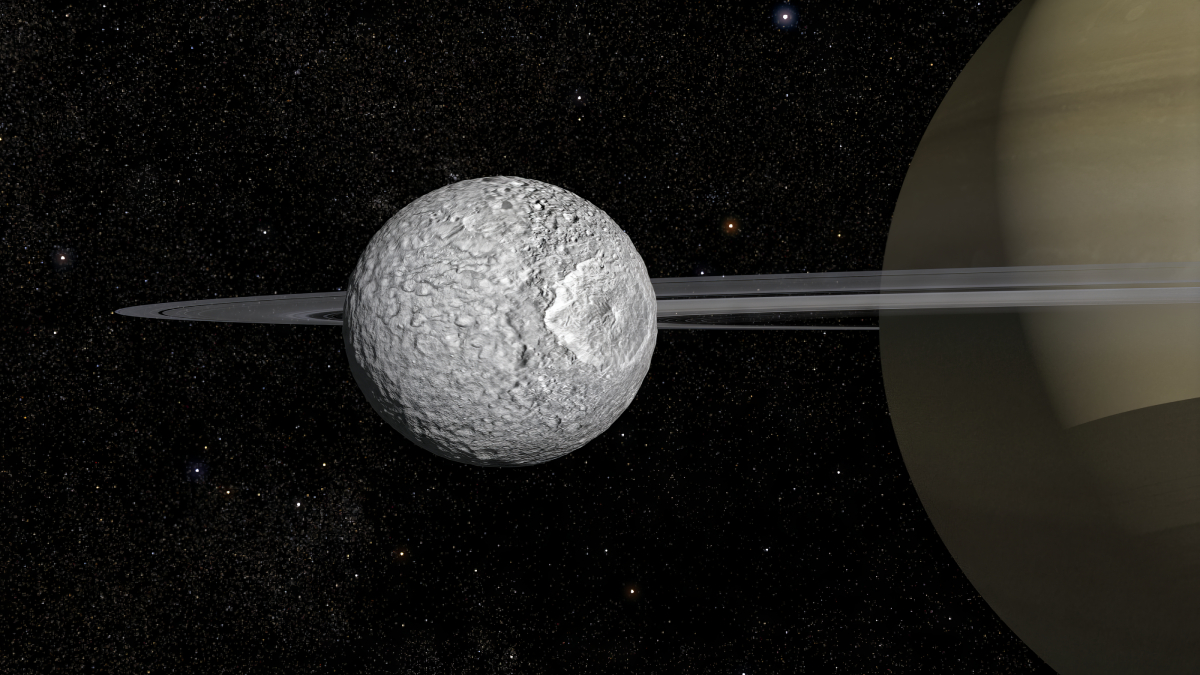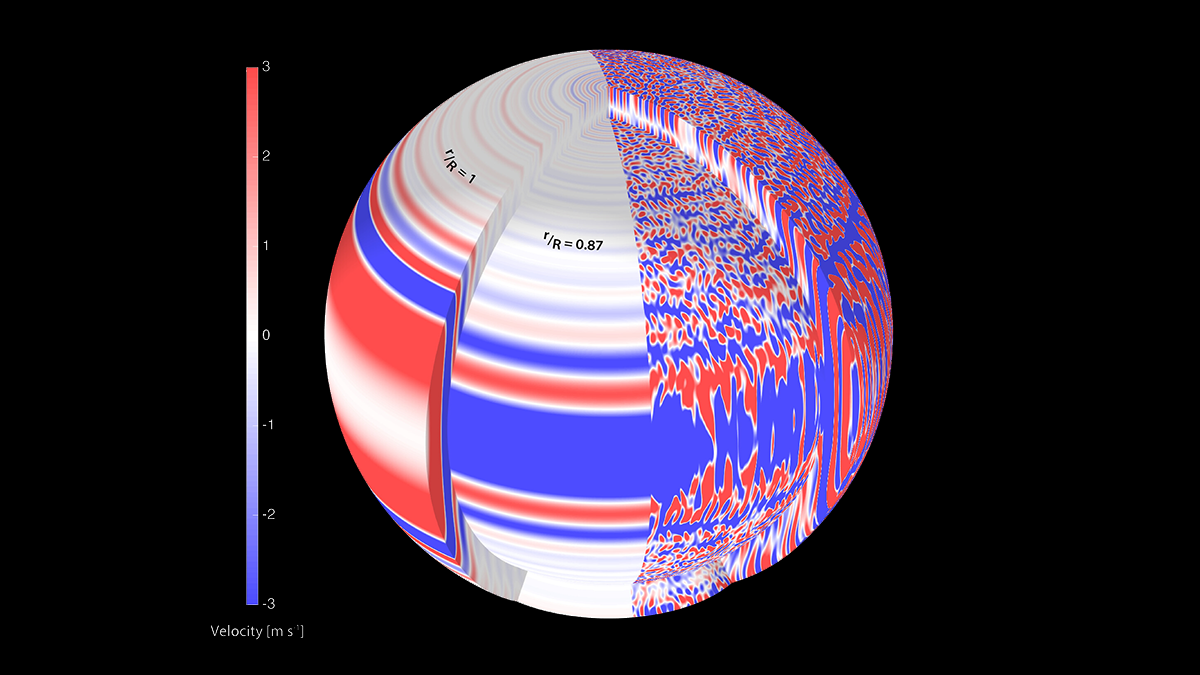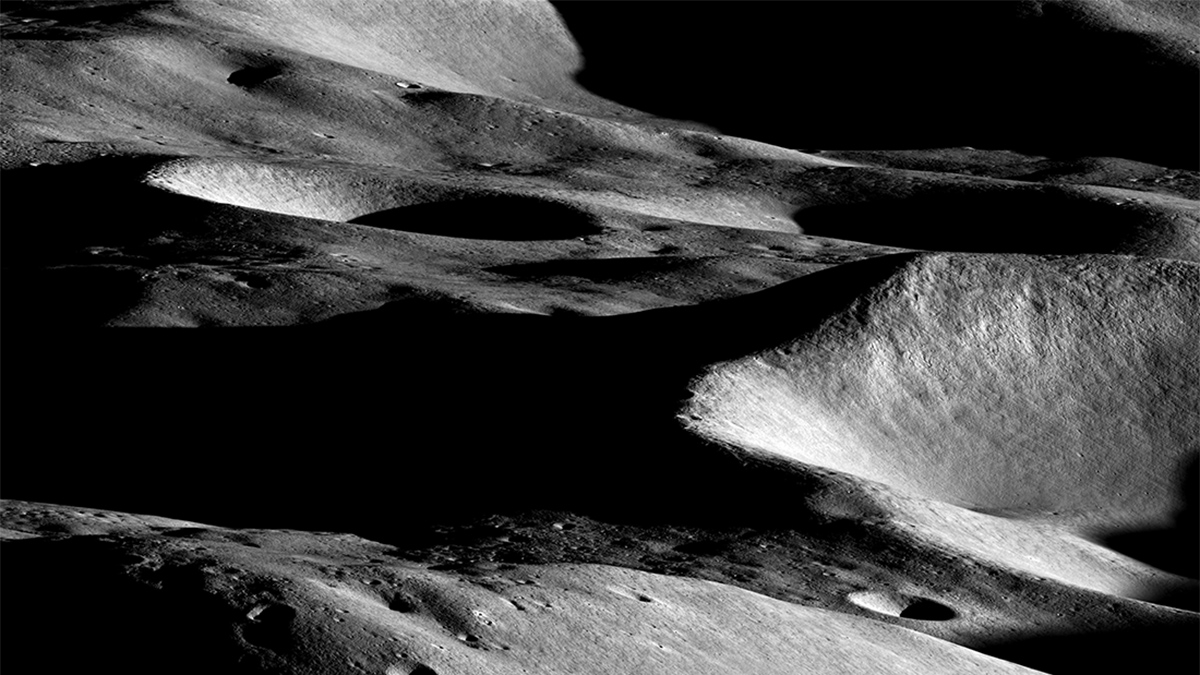New measurements of Jupiter and Saturn show that both planets have dense cores that are gradational (fuzzy) and large, rather than small and compact.
NASA
Salty Soil May Release Methane on Mars
Through roving and drilling, Mars Curiosity Rover may be breaking up the ground’s salty, hardened soils that seal methane, possibly causing a temporal, local methane spike.
Preparing to Meet a Metal-Rich Asteroid
The recently launched ‘Psyche’ mission will explore the eponymous asteroid and determine whether it is a fragment of a planetary core or a primordial, metal-rich body.
Commercial Lander Touches Down on Moon
The first Intuitive Machines lunar mission carries/carried six scientific payloads from NASA to contribute to the Artemis Program.
Monitoring Polar Ice Change in the Twilight Zone
Landsat’s new extended data collection program is mapping Arctic and Antarctic regions year-round, even in polar twilight.
That’s No Moon; It’s an Ocean World
If Saturn’s cratered moon Mimas has liquid water beneath its surface, ocean worlds might be far more common in the solar system than we thought.
New Satellite Will Help NASA Keep PACE with Earth Systems
Color and light measurements will help scientists better assess how our oceans and atmosphere interact.
Scientists “Astonished” at 2023 Temperature Record
Global temperatures in 2023 smashed records by a wide margin, surprising climate scientists and highlighting the need for more research.
A Wider and Deeper View of Jupiter’s Jets
The mid-latitude jets on Jupiter are driven by turbulence that arises, in part, from deep cells, consistent with Juno microwave and gravity observations.
Mapping the Moon to Shield Astronauts from Radiation
Scientists are charting landing spots that offer future lunar astronauts protection from the Sun and deep space.










